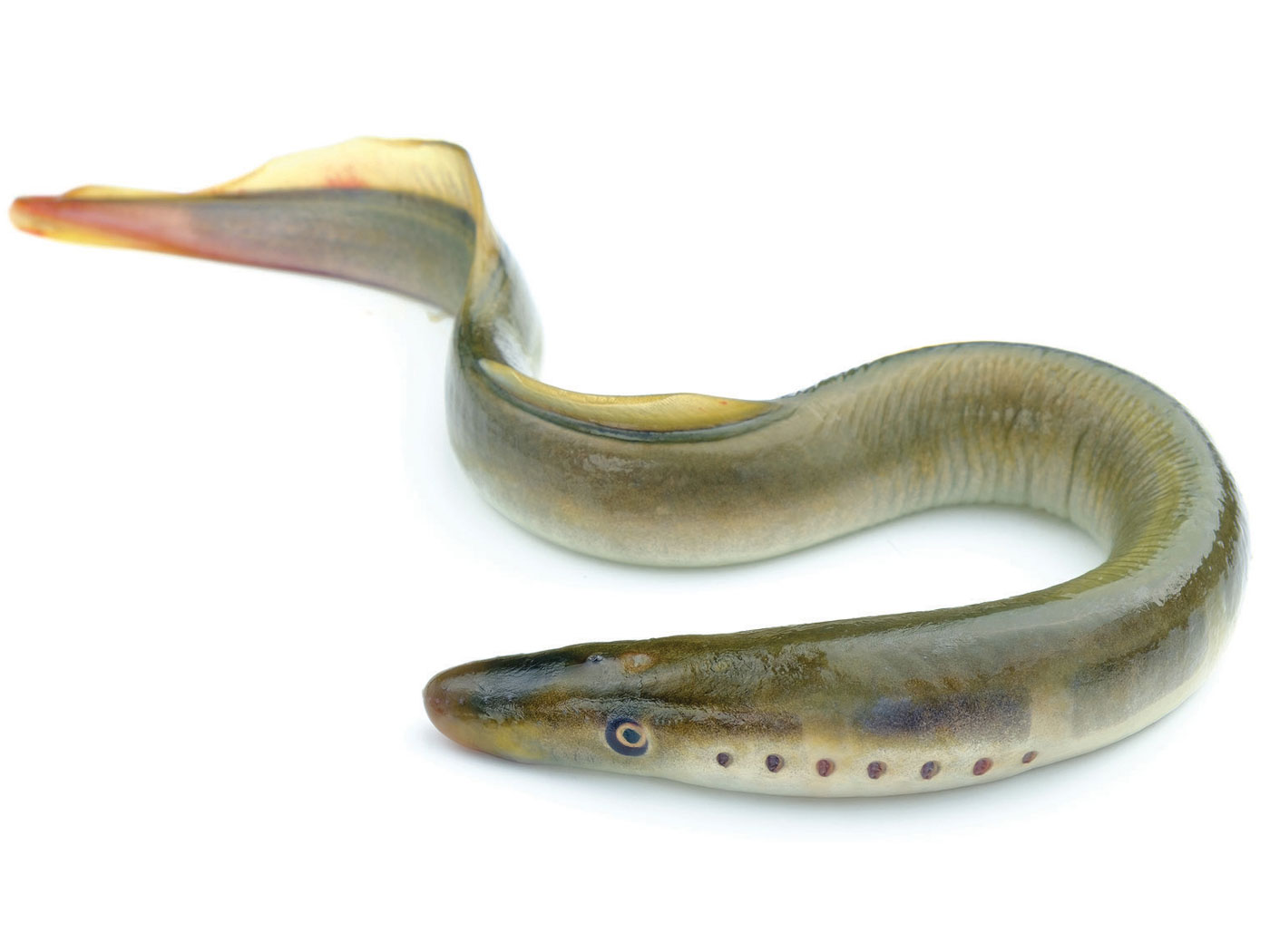Scientists at Imperial College in London have flies on their minds. "Anyone who has watched one fly chasing another at incredibly high speed, without crashing or bumping into anything, can appreciate the high-end flight performance of these animals,” Dr. Holger Krapp of the Department of Bioengineering said in an Imperial College news release.1
Dr. Krapp and his colleagues are conducting research to help answer a long-standing mystery: how is information from fly eyes transformed into appropriately responsive muscle contraction so quickly? He concluded, “The pathway from visual signal to head movement is ingeniously designed: it uses information from both eyes, is direct, and does not require heavy computing power.”1
This research, published in the journal Public Library of Science Biology,2 describes how visual data is coordinated and processed in the fly brain to make quick and accurate head-leveling adjustments. “Keeping the head level and gaze steady is a fundamental task for all animals that rely on vision to help control their movements,” Dr. Krapp said.1
Both the neurons that gather visual data from the eyes and the neurons triggering neck muscles to contract are “tuned” or predisposed to selecting and processing the same kind of information. The study is an important step in understanding how nerves communicate information. Similar technology could be used to develop flying robots that can independently stay steady without crashing.
A theoretical proto-fly that had not yet evolved this neuronal coordination would have been easy prey. The presence of such a marvel of engineering in the natural realm elicits consideration of the possibility that it was engineered by a Creator, as well as awe at the engineering savvy of that Creator.
References
- It takes nerves for flies to keep a level head. Imperial College London News Release, posted online July 25, 2008, accessed July 25, 2008.
- Huston, S. and H. G. Krapp. 2008. Visuomotor Transformation in the Fly Gaze Stabilization System. Public Library of Science Biology. 6 (7): e173.
*Mr. Thomas is Science Writer.
Article posted on July 30, 2008.
















